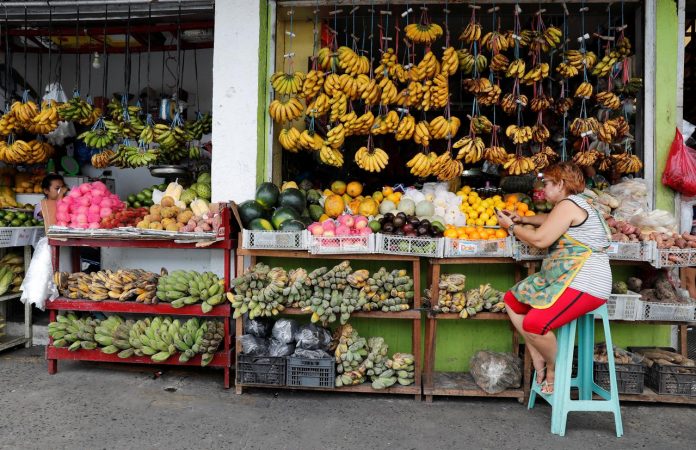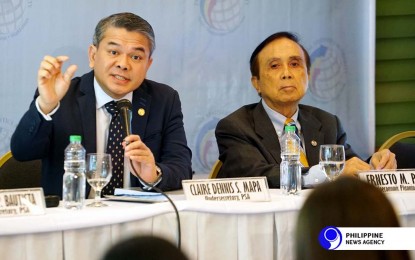
MANILA – The government remains vigilant against risks to inflation outlook after consumer prices mounted to an eight-month high of 2.9 percent in January 2020.
The Philippine Statistics Authority (PSA) reported Wednesday that higher oil and food prices mainly pushed up the inflation rate to its highest since June 2019.
“Despite the relatively stable inflation outlook, we cannot be complacent, as the balance of risks remains on the upside for 2020 due to the effects of the Taal Volcano eruption, the spread of African swine fever (ASF), and novel coronavirus,” Socioeconomic Planning secretary Ernesto Pernia said in a statement.
The Bangko Sentral ng Pilipinas projects inflation to settle at 2.9 percent in 2020 and 2021, within the government’s target range of 2.0 to 4.0 percent.
Pernia said the country has intensified its preparedness for disaster risk response, including the formulation of recovery and rehabilitation plans, like in the areas affected by the Taal Volcano eruption.

“We should also increase investments in climate and disaster-resilient farm technologies and practices, and promote the adoption of such among farmers and fisherfolk,” he said.
At the local level, Pernia said biosecurity and border control measures are being strengthened, while regulation on the movement of pork products is strictly enforced around the country.
In a press briefing, PSA undersecretary Claire Dennis Mapa said higher prices of chicken and negative inflation for pork were observed last month amid the ASF.
“Right now, we are more concerned with the food products because of the ASF so we are tracking fish in the food basket in particular. Fish had relatively higher inflation past 8 percent, also vegetables and beef and chicken,” he said.
Food and non-alcoholic beverages, with an annual rate of 2.2 percent and a share of 30.8 percent to the overall inflation, was the top contributor to higher prices of basic goods last month. Fish, vegetables, and meat shared in the pick-up.
But Mapa said food inflation remains “relatively low” as rice prices were at negative 6.5 percent in January.
PSA data showed that rice deflation was observed for the ninth consecutive month.
Mapa also attributed the upward trend in last month’s inflation to a higher increment in transport, particularly petroleum and fuels for personal transport equipment and ferry/ship fare.
The third tranche of the tax hike on petroleum products under the Tax Reform for Acceleration and Inclusion law took effect last Jan. 1.
“We remain attentive to the recent developments abroad which could affect domestic pump prices. Over the medium to long-term, it is essential for the country to explore alternative and cheaper energy from local sources to become less import-dependent,” Pernia said. (PNA)







